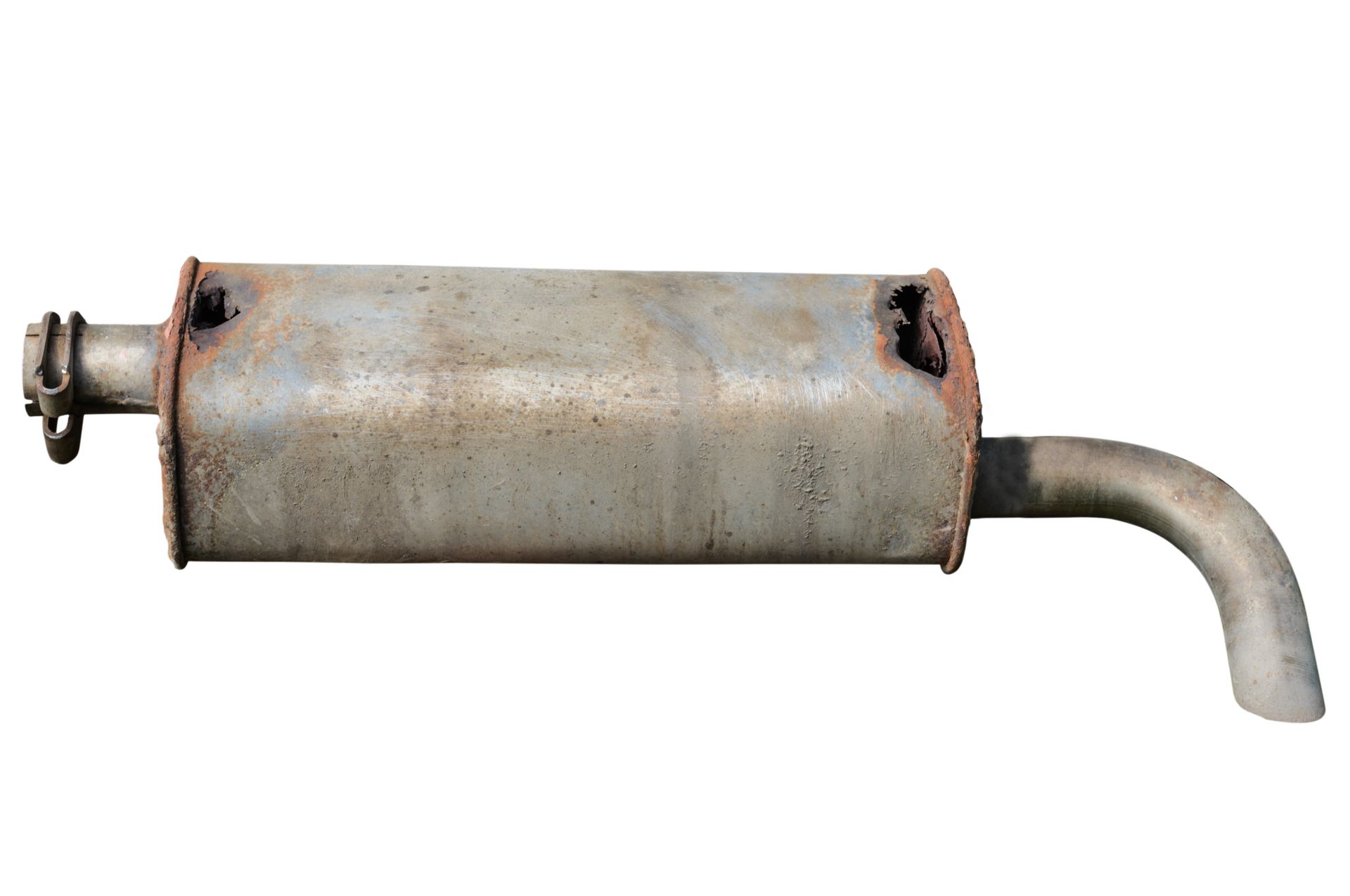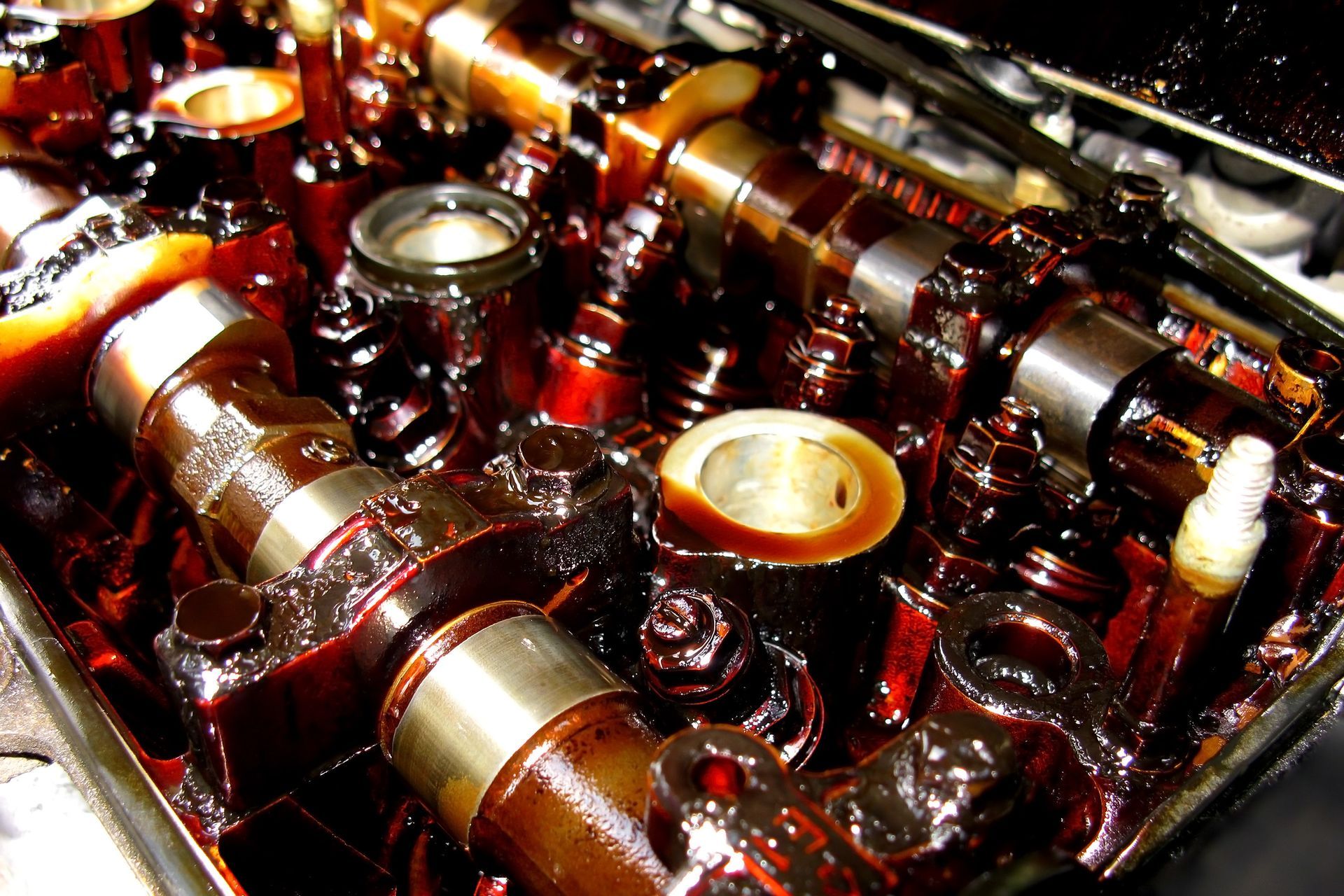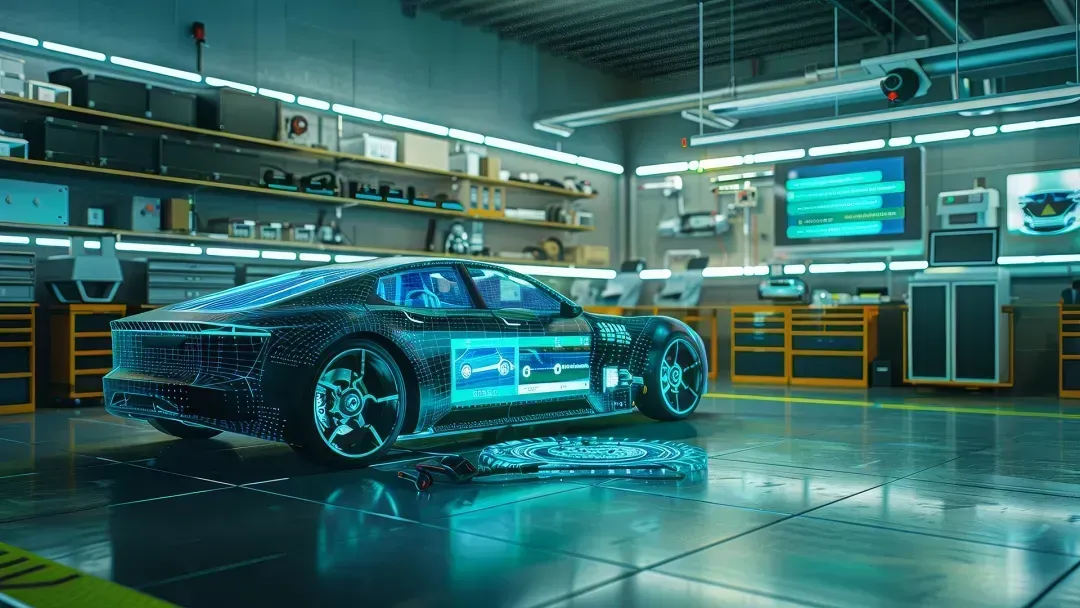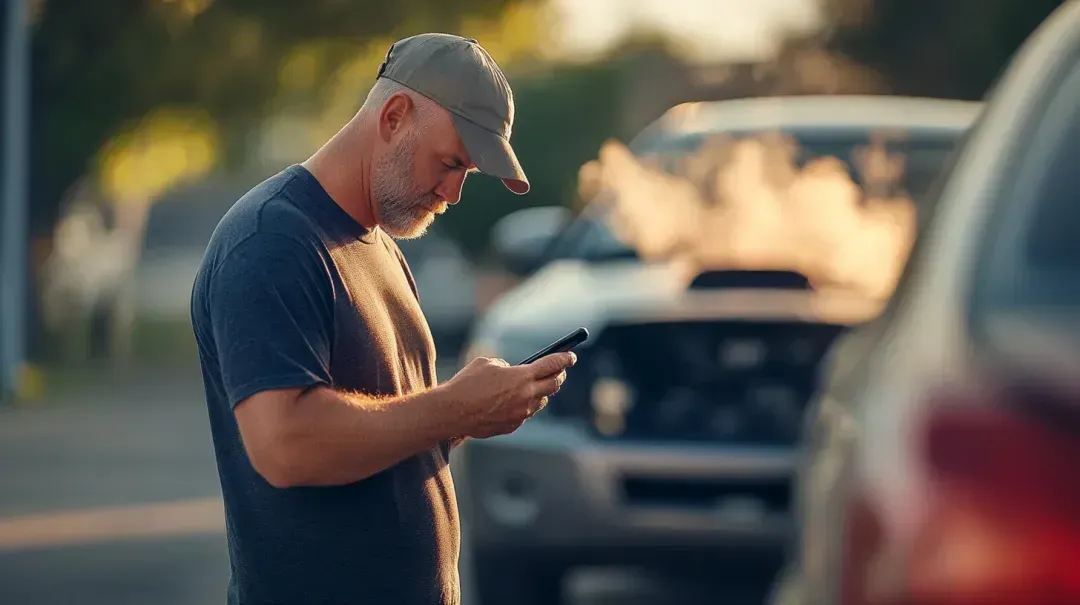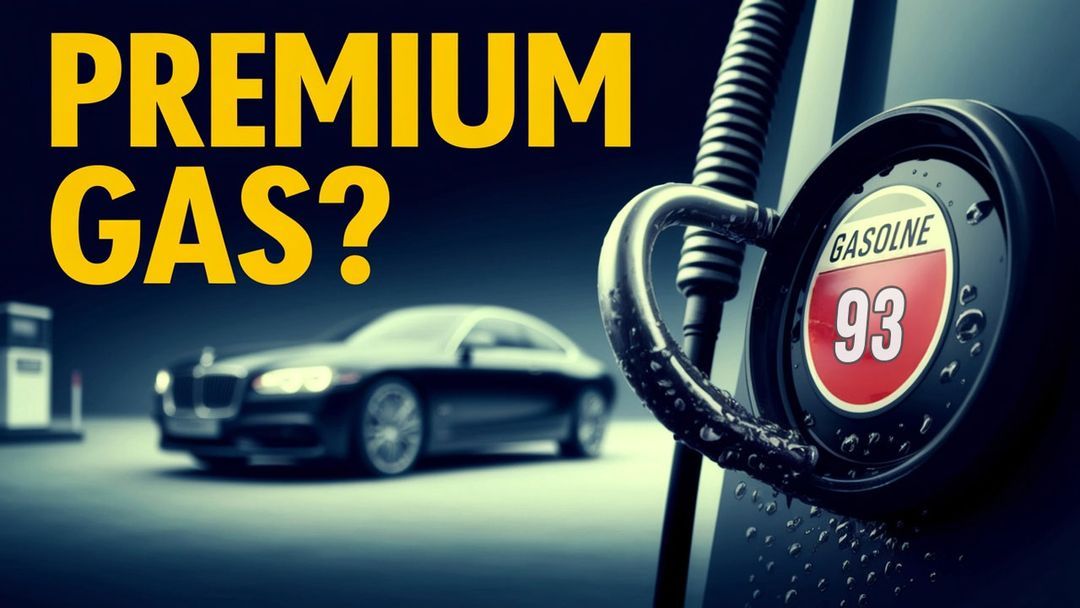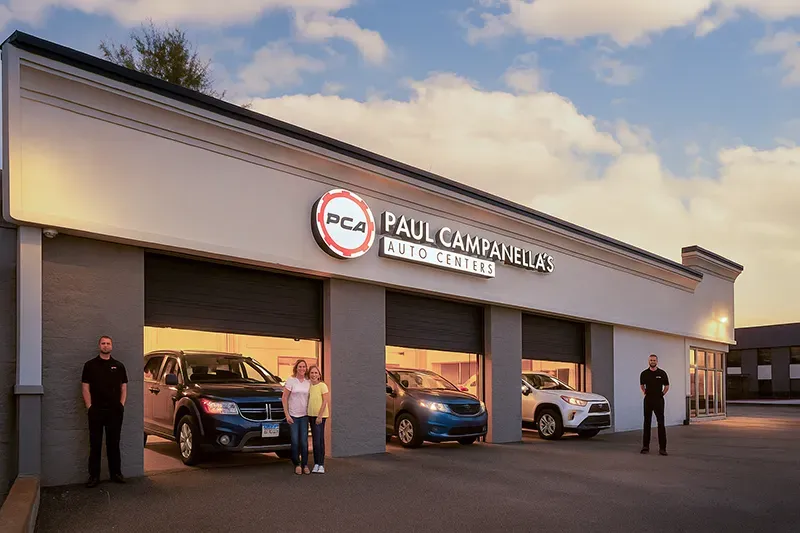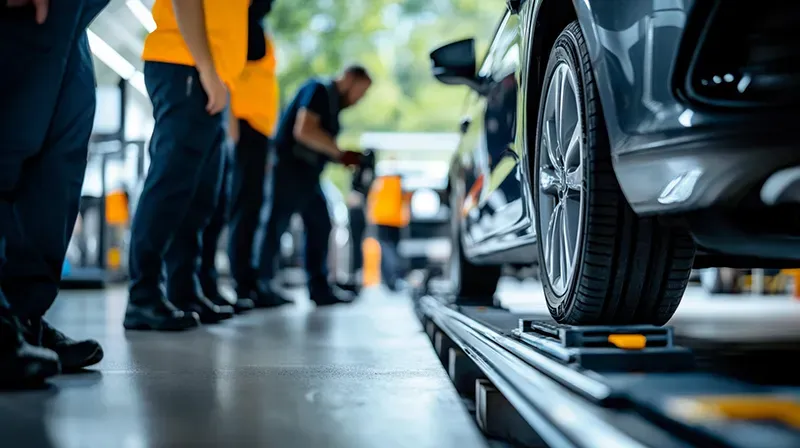Tips for Saving Money on Gas
Gas prices have reached an all-time high this year since 2018, hitting an average of $5.02 a gallon in mid-June. While prices have gone down, they are still much higher than what the average gas price has been over the past five years, which was almost a dollar cheaper than today's average.
This dramatic price increase has certainly negatively affected your budget and wallet. Filling up your tank is often unavoidable, so using methods to save money at the pump is crucial. These tips will do just that.
Limit Driving
If possible, reduce the amount of time you drive and consider alternative methods of transportation. Not only will this save you money on gas, but these methods are more eco-friendly.
Consider the bus or subway in combination with walking if your city has these options. If you are traveling a longer distance, see if there is an option to take the train. Not only can this save you gas money, but you will also be able to relax and enjoy the scenery.
- Walk
If your destination is less than one mile away, consider walking. Not only will this save you money on gas, but you will get your steps in!
- Bike
A destination less than three to five miles away could be an easy bike ride. Add a basket to your bike to help you carry your items when going shopping. If you don't own a bike, look to see if your city offers bike-sharing programs near you!
- Electric scooters
Many cities have electric scooter options for rent. Look to see if Lime Scooters or Bird Scooters are in your city. To ride, you must download the scooter's app, locate a charging station near you, and book your ride through the app. Make sure to read instructions and to stay safe by follow your city's protocols.
- Public Transportation
- Carpooling
See if you can catch a ride with a friend! Especially for longer distances, try to consolidate vehicles as much as possible, then split the gas money!
- Work remotely
Another option to limit driving is to work remotely. Since the COVID-19 pandemic, many companies have switched to a hybrid model, allowing employees to work from home some days and go into the office others. Talk to your boss to discuss the feasibility of working remotely more often, saving you trips into the office and ultimately saving money on gas.
Can’t Limit Your Driving? Here’s What Else You Can Do.
- Pay with cash instead of a card
Most gas stations offer a cheaper price per gallon when paying for gas with cash instead of a card. The difference is usually around 5 to 10 cents, but sometimes it is larger. Make sure you have some extra cash on hand to take advantage of the cheapest gas prices.
- Look for rewards programs that offer cashback and discounts
Many gas station chains offer free rewards programs. For example, ExxonMobil, Highs, Shell, Royal Farms, Sheetz, and Wawa all have rewards programs that could save you 5 cents or more per gallon.
Look for rewards credit cards that offer cash back on gas.
Many programs fall within a 3% to 5% cash-back range, like the Chase Freedom Flex card and American Express's Blue Cash Preferred card.
Make sure you do thorough research before signing up. There may be an annual fee for the card and the cashback may not be worth it. Plus, there is the danger of accruing interest on the card. Weigh out your options before choosing a credit card.
Multiple grocery store chains also have gas rewards programs. Giant, Kroger, Stop & Shop, and Safeway are all grocers that offer members cents off the gallon. At Giant, for example, customers earn one point for every $1 spent and can redeem 100 points for 10 cents off the gallon.
Check apps like Venmo, Cash App, or PayPal for rewards. They sometimes offer rewards that give you a percentage cash back when you buy from participating stores, occasionally including gas stations.
Warehouse gas centers are often much cheaper than other stations, sometimes up to 30 cents less per gallon. They make their money from memberships, so they can offer cheap prices.
Look into becoming a member at Sam's Club, Costco or Kroger. Do the math, and see if the price of membership will be worth the savings on gas (and warehouse items!).
You can find gas station gift cards at discounted prices at Gift Card Granny and CardCash. While these tend to sell out quickly, checking in regularly could be worth the savings.
- Fill up on the cheapest day of the week
Gas price fluctuation may be more predictable than you think. Trends show that several days of the week tend to be less expensive than others.
On Mondays and Fridays , gas tends to be at its cheapest.
This is based on trend data, so while it may not be the case every week, it's a good thing to keep in mind.
- Use a gas app
There are multiple gas apps available that can help you locate the stations with the best prices and also help you earn cashback.
- GetUpside - This app partners with gas stations, grocery stores, and restaurants to save you money when shopping at qualifying locations. It can save you up to 25 cents per gallon, as well as 35% off at restaurants and 15% off at grocery stores. However, this app may not be available in your location just yet.
- GasBuddy - This app works with almost every gas station in the United States, so chances are it will work in your area. Users can update the prices at gas stations in their area, so you can find the best price near you. This app also offers savings.
- Waze - This app is primarily a maps app that gives you live traffic and road condition updates. Additionally, it allows you to see live prices at gas stations near you.
- Gas Guru - Similarly to Waze, this app will locate the gas stations with the best prices in your area.
- Dosh - This app not only offers cash back for gas, but it also offers cash back for shopping and dining. It allows you to cash out to Venmo, PayPal, or directly to your bank account.
- Trunow - This app claims that it will work at any gas station, any time, no matter what. You upload your gas receipts to the app, and it gives you points for cash back.
Use a combination of these apps to double-dip on savings.
View this video for more information on these gas apps.
- Limit the use of your air conditioning
One of the largest contributors to decreased gas mileage is the use of your car’s air conditioner. On average, gas consumption increases by about 15% to 25% when the air conditioner is on.
Some tips:
Don't idle with the air conditioner on to try to cool it off- this will just waste gas. It will cool down more quickly while you are driving.
Roll down the windows instead of using the AC. Even on a highway, open windows have less of an impact on fuel economy than air conditioning.
- Parking
Park in a garage during cold months to keep your engine temperature up. Your gas mileage can decrease from 15% to 24% when driving with a cold engine.
During hotter months, park in the shade or use a windshield sun screen to keep the temperature of the interior down. This will minimize the need for air conditioning, ultimately saving you gas and money.
Grab the first spot you see in a parking lot. Circling the parking lot will just waste your gas.
- Plan Your Route
Plan ahead! Consider fuel efficiency when planning out your routes. Determine the most direct path to your destination, how you can combine errands, if you can travel during non-rush hour times, and if you can carpool.
- Avoid driving in the rain
Vehicles are less efficient in the rain. Wet roads cause tires to carry through the precipitation, making the tires, transmission oil, and axle oils cool down and become less efficient. When your car is not running at its most efficient, the fuel efficiency will not be at its best.
- Remove heavy items from your car
More gas is consumed by heavier vehicles, so you want to make your car as light as possible. Remove any items that are not necessary for your trip. Even removing an unneeded roof, bike, canoe or ski racks can help increase fuel economy.
The federal government reports that for every 100 pounds of weight in your vehicle, fuel efficiency decreases from 1% to 2%. Additionally, the decrease in fuel economy is more significant for smaller cars than larger vehicles.
- Choose the most fuel-efficient vehicle
When car shopping, keep fuel economy in mind. A larger or more powerful engine is unnecessary for most people.
Look for vehicles with auto-stop technology, which automatically stops your engine when your vehicle is not moving. When you take your foot off the brake, the car starts again. Cutting down on idle time with this technology will improve your gas mileage. Auto-stop tech can improve fuel economy by 3% to 12%, according to automotive research firm Edmunds.
Also, shop for vehicles with “eco-mode”. According to manufacturers, eco-mode can improve mileage by 5%.
If you own more than one vehicle, choose the most fuel-efficient vehicle for your daily trips when possible.
Service your Vehicle Routinely
Consult your mechanic regularly to prevent engine failure and additional expenses. Although newer cars may not need frequent repairs, regular service will ensure your vehicle is running at its most optimal state. Schedule regular maintenance appointments with Paul Campanella’s Auto and Tire Center to keep your car running its best.
- Oil and Filter
Your filter and oil should be changed about every 3,000-5,000 miles, depending on the vehicle. Know your car, and follow the factory maintenance schedule for your oil changes.
- Check Engine Light
If your “Check Engine” light comes on, take your car to the shop immediately. This light signals emissions issues, which could be decreasing fuel efficiency.
- Oxygen sensors
Oxygen sensors monitor the amount of oxygen in a vehicle's exhaust and send that information to the fuel injectors. This allows for the right amount of gas to be released into the engine, maintaining the optimum fuel-to-air ratio. When these sensors are broken, more fuel will be sent to the engine than needed. A broken oxygen sensor could cause you to use up to 25% more gas. This could cost you an extra $15 each week. Additionally, broken oxygen sensors can cause your car to stall or the engine to hesitate.
- Dirty air filters
Dirt and particles blowing into the engine reduce fuel efficiency. Changing your filter will improve acceleration, the car's overall performance, and gas mileage.
- Clogged Fuel Injector
The presence of carbon, old fuel, and residue causes clogging of the fuel injector. When this debris builds up it hinders the free flow of fuel.
- Worn Spark Plugs
Having dirty spark plugs can cause bad MPG. When fuel is sprayed into the combustion chamber, but the spark does not ignite the fuel, it doesn’t combust, the fuel gets wasted, and causes bad gas mileage.
- Watch your Tire Pressure
Gas mileage and rolling resistance will increase if you maintain the highest possible pressure in your tires. This can increase your gas mileage by 3.3%. This tip is very important in the middle of winter when the air temperature drops. Tire pressure drops one to two pounds for every 10 degrees the temperature falls.
Underinflated tires also worsen braking and handling, which can also reduce fuel economy.
- Select the right motor oil
Using the incorrect motor oil will negatively impact your vehicle in several ways, including its gas mileage. Make sure you read your car manufacturer's handbook to find the type of motor oil required or recommended for your vehicle. Using "energy-conserving" oil may also help.
Improve Your Driving Habits
Studies have shown that driving habits are the biggest influence on your car’s fuel efficiency. Improving your driving habits will not only keep you and others safer, but it will save you money as well.
- Stop flooring it!
Abruptly slamming on your acceleration causes your vehicle to consume energy, therefore consuming your gas.
Smoothly accelerate with a light throttle to allow your transmission to shift into a higher gear more quickly, which will reduce engine RPM and use less fuel.
Gas mileage can be increased by 10% to 40% by driving more patiently.
- Follow the speed limit
Not only is it the law, but maintaining the speed limit on a highway will use less fuel. In general, cars use about 20 percent less fuel driving at 55 MPH than 70 MPH. Using cruise control will make the fuel burn a consistent amount. Set your vehicle at the most fuel-efficient speed when driving long distances on a highway.
- Shift to a higher gear to reduce fuel consumption
If your vehicle is stick-shift, upshift as soon as possible. You can also save gas by skip-shifting.
- Keep the windows up
Although minimal, keeping your windows up, especially on the highway, will make your vehicle more aerodynamic and have a positive impact on your fuel economy.
- Turn your car off when it is stationary
Idling uses more fuel than restarting your car and gives off 80% more pollution than when your car is in motion. As a good rule of thumb, shut off your engine if you will be stopped for more than one minute.
- Lay off the brakes at stop lights
Take your foot off the gas early when nearing a red light. Coast to the light while slowly reducing speed, then brake when necessary.
- Time the red lights
Adjust your speed to move through as many green lights as possible instead of stopping and starting at each red light, which consumes more fuel.
- Fill up close to empty
Frequently filling up your gas tank is inefficient. Using a combination of the gas money-saving techniques mentioned here will be most efficiently used when filling your tank from (almost) empty. This will not only save you money, but it will save you time searching for cheap gas and savings and save you time at the pump. And who doesn't want fewer trips to the pump?
Although it is best to wait until you are almost empty, do not wait for the fuel light to come on. When you are running on empty, you risk the chance of wearing out your vehicle’s fuel pump prematurely. Gasoline acts as a lubricant and coolant to the motor of the fuel pump, extending the longevity of the pump. A new fuel pump can be between $400 and $700 to replace, so it is best to take care of it.
- Use a GPS
Apps like Waze will alert you of traffic jams and get you on the fastest, most efficient route. Especially if driving during rush hour, use an app to avoid traffic-jammed highways and take the quickest, more scenic route.
View this video to see more about how to drive efficiently.
Misconceptions About Gas and Saving Money
- Warm up your car before taking off
While a warm engine will increase fuel economy, idling to warm up your car will just waste gas. Your engine will warm up faster when you start moving.
Newer cars use fuel injection. This will maintain the appropriate air-to-fuel ratio no matter the temperate of a vehicle's engine. You can begin driving immediately, and most manufacturers say to wait around 30 seconds before driving gently.
- Buying gas during the coldest time of day will get you more gas per dollar
At lower temperatures, gas is denser. So, the idea behind this theory is that you will get more gas when it is denser. This theory does not play out because gas storage tanks are underground, and the temperatures are not affected enough to make a difference in density.
- Small cars have the best gas mileage
When the first fuel-efficient cars were developed in the '70s, this was true. The low horsepower engines that small cars used made the vehicles use less gas. Today's technology allows for new and improved vehicles that have a better engine design, better transmissions, and are more aerodynamic. Newer cars are also much lighter because of the materials used and the way they are constructed. Because of these factors, you cannot simply base mileage on a vehicle's size.
- Premium Gas will make your car run better
According to AAA research, premium fuel provides no extra benefit to the efficiency of your vehicle. Unless required or recommended for your specific car, skip out on the more expensive gasoline.
- Driving around for Inexpensive Gas Isn’t worth the Gas You Burn Looking for It
This will most likely be true if you are aimlessly driving around searching for the cheapest gas station. But, using the apps mentioned previously will allow you to locate the station with the most inexpensive gas near you. Then, you can use your GPS to take the most direct route there. If the gas savings are significant enough, and you are filling up close to empty, these cost savings will offset the cost of gas getting to the station.
Why have gas prices been so high?
The cost per gallon has remained fairly steady for most of the 21 st century, the average lingering around $2.88 per gallon, about a dollar cheaper than today’s average. We saw a major decline in prices until April 2020, when the average was $1.89. Since then, there was a sharp increase in the cost of gas. What has caused this price increase?
The start of the Russia-Ukraine war had a large economic impact, as the U.S. banned Russian oil imports. Russia was the third largest oil and gas producer in the world, so this shift caused gas prices to increase.
Additionally, supply and demand post-COVID has skyrocketed. People are returning to their daily routines- going to work, shopping, traveling, etc.- thus using more gas. With more demand for gas, the prices have risen. Supply issues related to the pandemic have caused a record-setting 8.6% inflation.
High gas prices are unavoidable, so using our tips can save you a few bucks at the pump. To get the most savings possible, use a combination of these methods. Limit your driving when possible, use rewards cards and gas apps, make sure your vehicle is routinely checked, improve your driving habits, and you’ll be well on your way to putting money back in your pocket.
Start Saving Gas Money
Once you start considering all the tips mentioned in this article you’ll open the door to saving money on your monthly gas budget. And, if you’re in the New Castle County, DE region, stop in to one of the Paul Campanella’s Auto and Tire Center locations to optimize your car for prime gas-mileage with our various engine and tire services. Schedule your maintenance appointment with us today to keep your car running its best and keep some of that gas-pump spending in your pocket!

